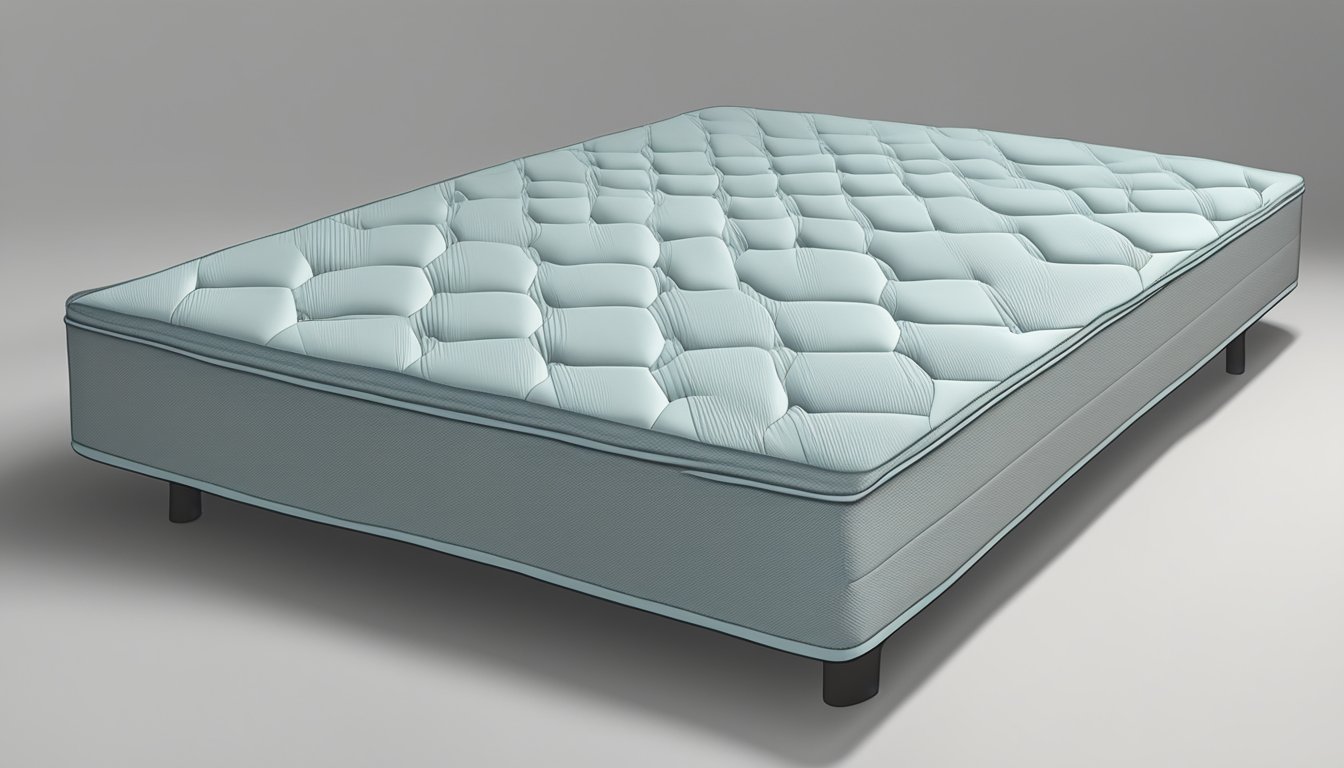Have you ever woken up feeling more exhausted than when you went to bed? The secret to a good night’s sleep might just be lying right beneath you—literally. Memory foam, often touted as a game-changer in the world of sleep, has been praised for its ability to transform restless nights into rejuvenating slumbers. But what exactly makes memory foam the go-to choice for sleepers around the globe? In this article, we will unravel the mysteries of memory foam and explore why it could be the key to your most restful sleep yet.
The Origins of Memory Foam
Memory foam didn’t start in bedrooms. Originally developed by NASA in the 1960s, memory foam was designed to improve the safety of aircraft cushions. Its unique ability to absorb pressure and provide cushioning made it an ideal material in high-stakes environments. Fast forward to today, and memory foam has made its way into our homes, revolutionizing the way we sleep.
The transition from aerospace to bedrooms was not just a lucky coincidence. The very properties that made memory foam suitable for astronauts—pressure relief and support—are also what make it perfect for mattresses. By conforming to the body’s shape, memory foam provides personalized comfort, ensuring a good night’s sleep.
How Memory Foam Works
At the core of memory foam’s effectiveness lies its viscoelastic properties. This means it is both viscous and elastic, allowing it to mold to the shape of your body. When you lie down on a memory foam mattress, the material responds to your body heat and weight, conforming to your unique contours. This creates a cradling sensation that can help alleviate pressure points.
Once the pressure is removed, memory foam slowly returns to its original shape. This “memory” aspect is what sets it apart from other materials. Unlike traditional mattresses, where pressure can build up in certain areas, memory foam distributes weight evenly. This not only provides comfort but also supports proper spinal alignment, which is crucial for restful sleep.
Benefits of Using Memory Foam Mattresses
Pressure Relief
One of the standout benefits of memory foam is its ability to relieve pressure. Traditional mattresses often create pressure points, leading to discomfort and disturbed sleep. Memory foam, however, responds to each individual’s weight and shape, providing customized support. This can be especially beneficial for individuals with joint pain or arthritis.
Motion Isolation
If you share your bed with a partner, you’ll appreciate memory foam’s motion isolation properties. Unlike innerspring mattresses, which can transfer movement, memory foam absorbs it. This means that even if your partner tosses and turns, you’re less likely to feel it, ensuring a more restful night’s sleep for both parties.
Hypoallergenic Properties
Memory foam is also known for its hypoallergenic qualities. Its dense structure makes it difficult for dust mites to penetrate, reducing allergens in the sleeping environment. For those who suffer from allergies, a memory foam mattress can make a world of difference in sleep quality.
Choosing the Right Memory Foam Mattress
Density Matters
When selecting a memory foam mattress, density is an important factor. Higher density foam offers more support and durability, while lower density foam is softer and more affordable. The choice ultimately depends on personal preference and specific sleep needs.
Thickness and Firmness
Memory foam mattresses come in various thicknesses and firmness levels. A thicker mattress may provide more cushioning, while a firmer mattress offers more support. It’s essential to consider your sleeping position and personal comfort preferences when selecting the right mattress.
Additional Features
Some memory foam mattresses come with extra features, such as cooling technology or a pillowtop twin mattress design. These features can enhance comfort and improve sleep quality, especially for those who tend to sleep hot or prefer a softer surface.
Caring for Your Memory Foam Mattress
Regular Rotation
To prolong the lifespan of your memory foam mattress, consider rotating it every few months. This helps distribute wear evenly and prevents sagging in specific areas.
Use a Mattress Protector
A mattress protector can help keep your memory foam mattress clean and free from stains. It also provides an additional layer of protection against allergens and dust mites.
Avoid Excessive Moisture
Memory foam is sensitive to moisture, which can compromise its quality. Ensure your mattress is placed in a well-ventilated area, and avoid using water-based cleaners directly on the foam.
Addressing Common Concerns
Initial Odor
It’s not uncommon for new memory foam mattresses to emit an initial odor, often referred to as “off-gassing.” This is a result of the manufacturing process and typically dissipates within a few days. To minimize the smell, allow your mattress to air out in a well-ventilated room before use.
Heat Retention
Some memory foam mattresses tend to retain heat, which can be uncomfortable for hot sleepers. However, many modern designs now incorporate cooling gels or breathable covers to address this issue, ensuring a comfortable night’s sleep.
Firmness Levels
Finding the right firmness level can be a concern for some sleepers. It’s important to remember that memory foam will soften slightly over time. If you’re unsure about the firmness, consider selecting a mattress with a trial period to ensure it meets your comfort needs.
Conclusion
Memory foam has proven itself as a top contender in the quest for restful sleep. Its unique ability to conform to the body, relieve pressure, and isolate motion makes it a popular choice for many sleepers. By understanding the benefits and considerations of memory foam, you can make an informed decision and find the perfect mattress for your needs. Invest in a memory foam mattress, and you may just discover the secret to a rejuvenating night’s sleep.

